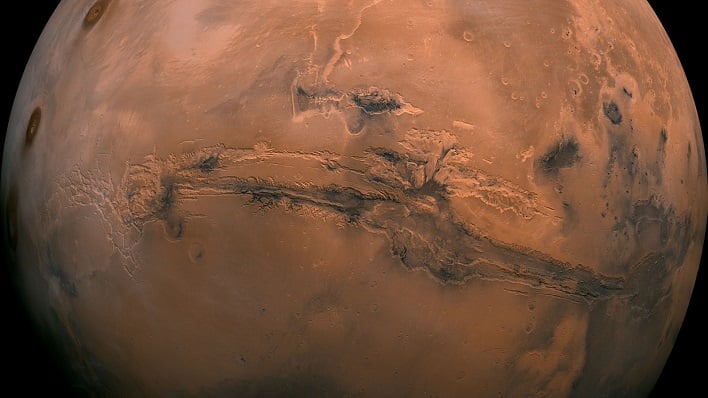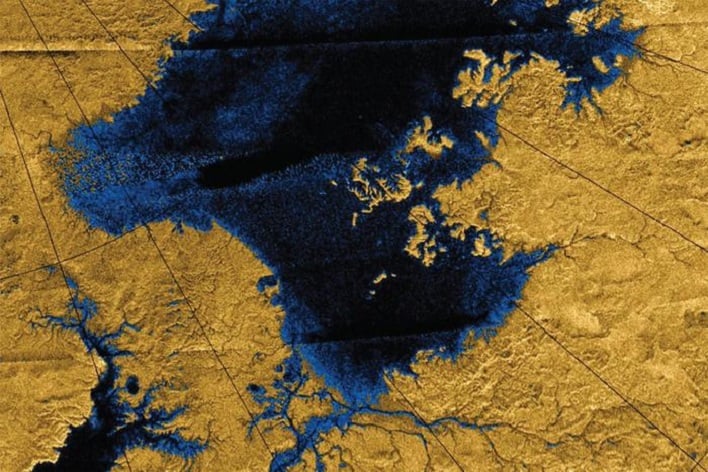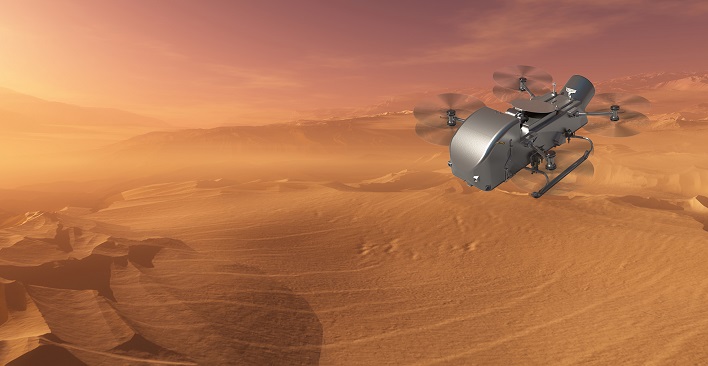MIT Geologists Develop Technique To Show How Ancient Cosmic Rivers Flowed On Mars

As teams from NASA and other space agencies have been exploring Mars in depth with several missions over the years, such as the Mars Perseverance rover, and the Ingenuity Mars helicopter, researchers have been able to determine a lot more about the surface of the Red Planet and how rivers used to flow on its surface. The Cassini mission has been exploring another world, Saturn's moon Titan, which currently has liquid rivers flowing on it still today. With all that info and satellite imagery, the team at MIT has been creating a way of calculating how fast and deep rivers once were on Mars more than 1 billion years ago, and similar estimates for active rivers on Titan.
"What's exciting about Titan is that it's active. With this technique, we have a method to make real predictions for a place where we won't get more data for a long time," explained Taylor Perron, the Cecil and Ida Green Professor at MIT's Department of Earth, Atmospheric and Planetary Sciences. Perron continued, "And on Mars, it gives us a time machine, to take the rivers that are dead now and get a sense of what they were like when they were actively flowing."

Mars's current surface leads researchers to believe that the planet had a watery past, with ancient river valley networks, deltas, and lakebeds, as well as rocks and minerals on the surface that could only have formed in liquid water. There are a few features that suggest that Mars experienced huge floods about 3.5 billion years ago.
The MIT team's current study was born from Perron's and colleague Samuel Birch's curiosity about Titan's rivers. They point out that the images from Cassini lacked any fan-shaped deltas at the mouths of most of the moon's rivers. This is in contrast to many rivers on Earth.
The group built off the work of co-author of the new study Gary Parker, who created a series of mathematical equations to describe river flow here on Earth. The data that was obtained using these mathematical equations determined that there were "certain universal relationships between a river's physical dimensions - its width, depth, and slope - and the rate at which it flowed." Parker also developed equations that described the relationships mathematically. The equations account for other variables such as the gravitational field acting on the river, as well as the size and density of the sediment that was being pushed along the river's bed.

The team used the mathematical equations on both Mars and Titan. On Mars, the team used the equations to predict the flow rate of each river, finding that rivers most likely flowed for at least 100,000 years at Gale Crater and at least 1 million years at Jezero Crater. On Titan, they found that two rivers on Saturn's moon may be comparable to some of the biggest rivers on Earth, with a flow rate as large as the Mississippi.
Birch concluded, "Titan is the most-Earth like place. We've only gotten a glimpse of it. There's so much more that we know is down there, and this remote technique is pushing us a little deeper."
The MIT team will likely get more information about Titan when NASA's Dragonfly (seen above) mission finally arrives on the moon's surface. The dual-quadcopter will explore a variety of locations on Titan during its flyovers of the surface of Titan.

